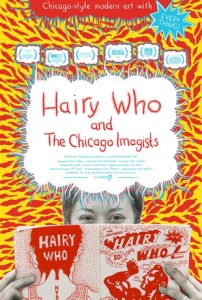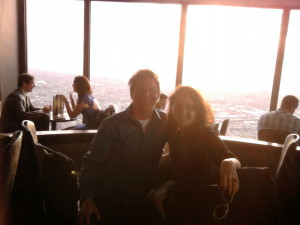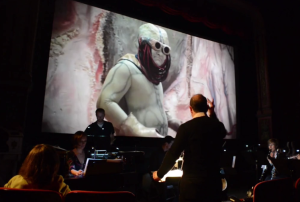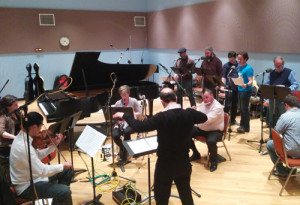 It doesn’t even feel like spring but I’ve already completed the Relevant Tones listings for summer. I think it’s a great line-up and am looking forward to getting into the studio to tape!
It doesn’t even feel like spring but I’ve already completed the Relevant Tones listings for summer. I think it’s a great line-up and am looking forward to getting into the studio to tape!
RT 15-27: CD Grab Bag
We’re having a ball trying to keep up with our ever-expanding musical collection as composers and performers around the world joyously overwhelm us with their creations. We’re consistently amazed by their level of talent and artistry, and are thrilled this week to share their music with our listeners.
(release 7/1)
RT 15-28: Pianist Jenny Lin
Stunningly versatile pianist Jenny Lin has recorded with jazz musicians, rockers, contemporary composers and everyone in between. Equally comfortable playing Shostakovich on the same concert as giving a world premiere, Lin is a vital talent that is taking concert halls by storm.
(releases 7/8)
RT 15-29: Above and Beyond
In recent years composers have become interested in the fact that the performers can do things on stage other than just play their instrument: stomp their feet, clap, play simple percussion, and even sing. We’ll feature a variety of pieces from composers who ask musicians (who are not trained singers) to vocalize and supplement their playing.
(release 7/15)
RT 15-30: Composer Champions
Where would Gustav Mahler be without the incredible support of Leonard Bernstein? Bach without the support of Mendelssohn? Being championed by a famous performer or conductor is an incredible leg up to the career of many composers. Who are the modern day composer champions, and whose work are they promoting?
(release 7/22)
RT 15-31:Composer Spotlight: Alvin Singleton
Critic Kyle Gann says “Singleton’s music is soulful, with an understated simplicity that I particularly prize. Despite the studied economy of his means and the set character of his images, the music is never cold … nor abstract. It glows with warmth.” We’ll feature Singleton’s music on our next Composer Spotlight.
(release 7/29)
RT 15-32: Cityscapes
We all know the Pastoral Symphony of Beethoven, Mendelssohn’s Hebrides Overture inspired by Fingal’s Cave, and the music by Vaughan Williams inspired by the English countryside. But in the modern era, the urban environment is inspiring many composers to capture its sounds in music.
(release 8/5)
RT 15-33: A Change of Opinion
Throughout history, composers who have been known for championing a particular musical style have shocked their fans by radically and suddenly changing their aesthetic. Why does this happen, and who’s changing their style in the modern era?
(release 8/12)
RT 15-34: The Modern Symphony
Much like the novel, people are always pronouncing the symphony to be a dead form. And yet, composers continue to write symphonies at an incredible pace. We’ll feature music by composers around the world who are adding to the symphonic canon.
(release 8/19)
RT 15-35: The Laptop Ensemble
This week we’re exploring a newer musical medium: the laptop. We wanted to find out what exactly groups named PLOrk, CLOrk, and Benoit and the Mandelbrots could possibly have to offer. The answer surprised us. We discovered improvisation, live coding, and even orchestral collaboration.
(releases 8/26)
RT 15-36: Composer Collectives
The twentieth century saw an interesting movement as composers banded together in collectives to help promote each other’s work. The movement has only gotten stronger in the twenty-first century with the rise of entrepreneurialism in classical music. We’ll feature the music of several composer collectives and take a close look at their inner workings.
(releases 9/2)
RT 15-37: SIRGA Festival
A relatively new festival in a remote part of Catalonia featuring music by electro-acoustic composers, SIRGA has recently grown into an international event that brings musicians from all over the world. Relevant Tones visits the SIRGA festival to feature audio from their concerts.
(releases 9/9)
RT 15-38: Composers Among Us: Michael Colgrass
Pulitzer Prize-winning composer Michael Colgrass has had a varied career as jazz drummer, freelance percussionist and composer of a dizzying array of works in every conceivable genre.
(releases 9/16)
RT 15-39: Kronos Quartet
Ground breakers, virtuousos, and commissioners of many of the world’s twentieth and twenty-first century string quartet masterpieces, the influence of the Kronos Quartet cannot be underestimated. We’ll talk with the musicians and feature a sampling of their luminous output over the years.
(releases 9/23)










